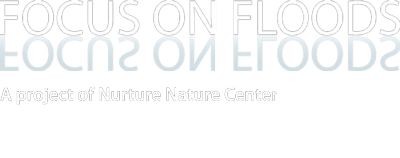This assessment compiles major findings from over 200 studies on warning systems and warning response. This extensive literature review discusses several main findings. First, how the warning message itself is framed as well as disseminated to the public greatly influences how the public responds. Some examples of these warning factors include the source of the warning, consistency, credibility, and accuracy. Additionally, demographic information of those receiving the warning also affects how they will respond, such as an individual’s gender, age, and prior experience and knowledge of the event. Furthermore, findings from many articles are consolidated to demonstrate the uncertainty of current myths about public response. A common myth is the “cry wolf” syndrome. Lastly, how a warning is communicated to the masses can also influence response behavior and the rate of response. Systems exist that are capable of communicating information for long-fuse hazards, but other methods such as sirens or radios are needed for short-fuse warnings, such as tornadoes. This assessment focuses on natural hazards, while providing examples of specific hazards throughout.
